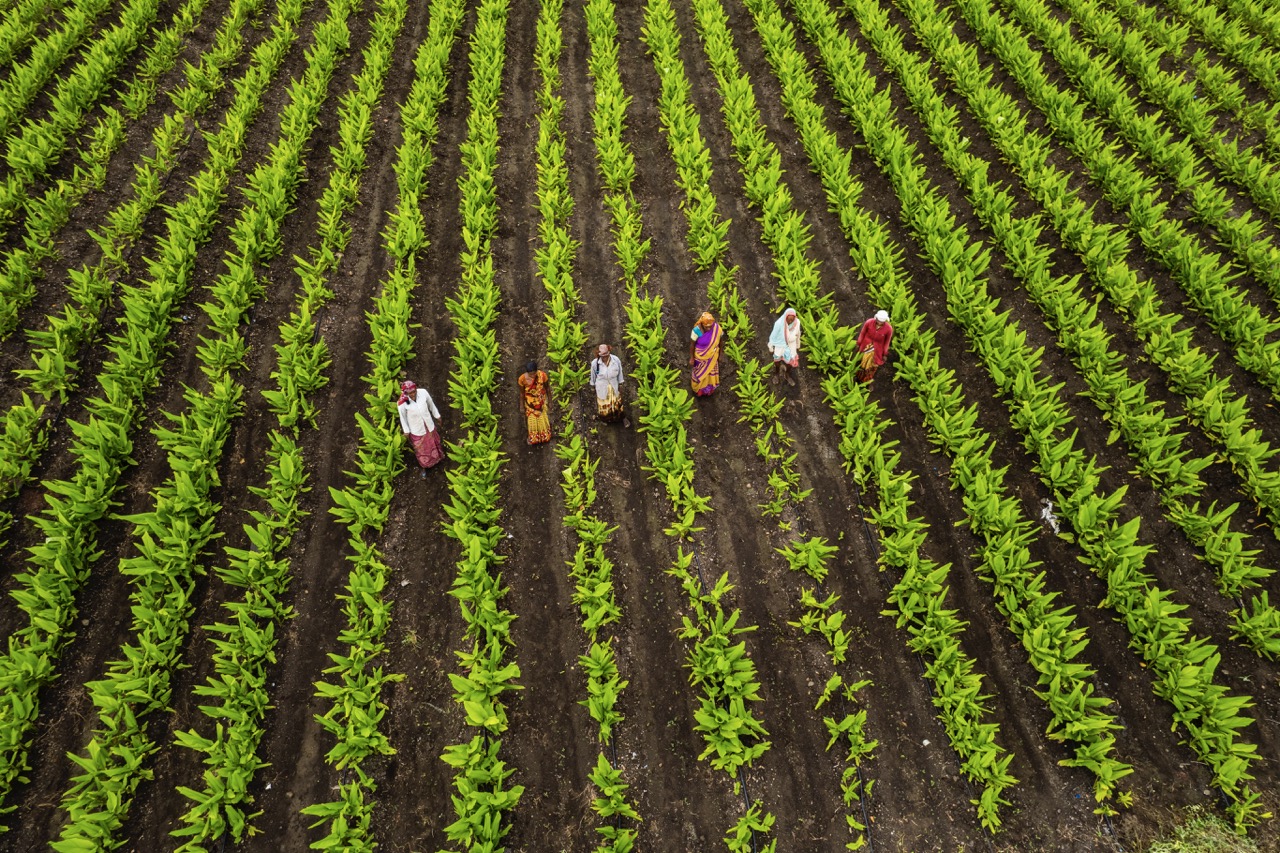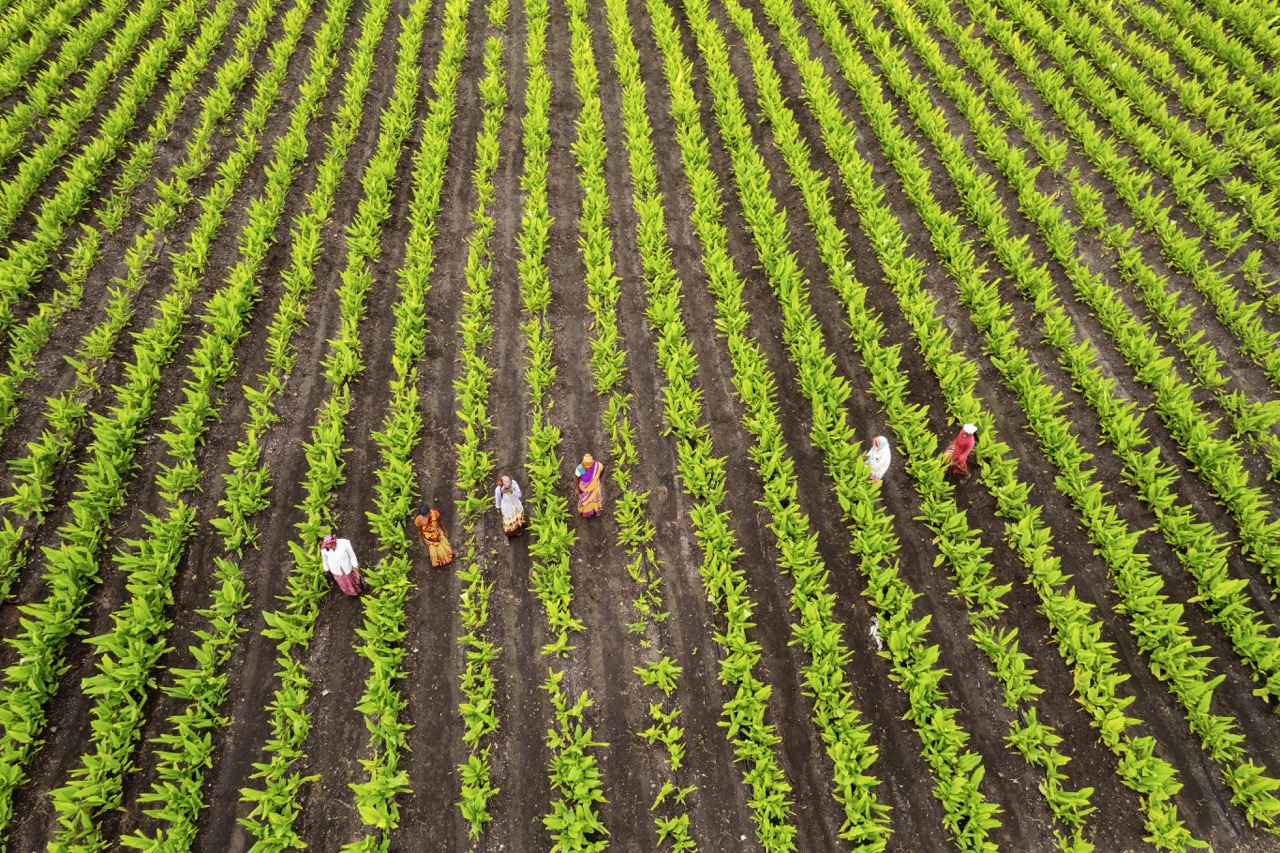Crop rotation is a vital agricultural practice that has garnered increasing attention for its potential to enhance sustainability, boost crop yields, and improve soil health. By varying the types of crops grown on a particular piece of land each season, farmers can optimize their output while minimizing the reliance on chemical fertilizers and pesticides. This article delves into the fundamentals of crop rotation, its benefits, best planning practices, and effective management techniques that can be employed by farmers looking to maximize their agricultural potential.
Understanding the Basics of Crop Rotation for Sustainability
Crop rotation involves the systematic change of crop species grown in a specific area over successive planting seasons. This practice is rooted in the understanding that different crops have varying nutrient requirements and pest profiles. By rotating crops, farmers can avoid the depletion of specific nutrients in the soil, thereby enhancing its overall fertility and structure. The principle of rotating crops is steeped in the history of agriculture, dating back to ancient civilizations where diverse cropping systems were used to sustain soil health.
One of the fundamental aspects of crop rotation is the concept of nitrogen fixation, which is particularly relevant when leguminous crops like beans or peas are included in the rotation. These plants have the unique ability to convert atmospheric nitrogen into a form that is accessible to other plants. As a result, incorporating legumes into a rotation not only enriches the soil but also reduces the need for synthetic nitrogen fertilizers, contributing to a more sustainable agricultural practice.
Moreover, crop rotation can also play a significant role in managing pests and diseases. Many pests and pathogens are host-specific, meaning they thrive on particular crops. By rotating crops, farmers disrupt the life cycles of these pests and reduce their populations, leading to a decreased need for chemical interventions. This method not only enhances sustainability but also promotes biodiversity, ensuring a more resilient farming ecosystem.
Key Benefits of Crop Rotation for Soil Health and Yield
The benefits of crop rotation extend beyond mere pest control; they encompass overall soil health and agricultural yield. Rotating crops can lead to improved soil structure by enhancing aeration and water infiltration. Different root systems from various crops can break up compacted soil layers and promote better drainage, which is crucial for root development and moisture retention. Thus, farmers can witness a marked improvement in crop performance over time.
In addition to physical benefits, crop rotation positively influences the biological activity of soil. Diverse crops support a wider range of soil organisms, such as earthworms and beneficial microbes, which contribute to nutrient cycling and organic matter decomposition. These organisms are vital for maintaining a fertile growing medium, ultimately leading to healthier plants and higher yields. The combination of improved soil structure and biodiversity fosters an environment conducive to robust crop growth.
Furthermore, the economic implications of crop rotation cannot be overlooked. Farmers who adopt a well-planned rotation strategy can reduce input costs associated with fertilizers and pesticides, thereby enhancing their profit margins. A diverse crop portfolio can also provide a buffer against market fluctuations, as different crops may have varying demand levels throughout the year. Overall, the strategic implementation of crop rotation can lead to sustainable practices yielding both environmental and economic benefits.
Best Practices for Planning Your Crop Rotation Schedule
Establishing a successful crop rotation schedule requires careful planning and consideration of various factors. Farmers should begin by assessing their soil type, climate, and the specific crop varieties available to them. It is essential to create a crop rotation plan that includes a mix of deep-rooted and shallow-rooted plants, as this encourages nutrient utilization at different soil depths. Additionally, incorporating cover crops into the rotation can provide ground cover during off-seasons, reducing soil erosion while enhancing organic matter.
A common practice is to categorize crops into groups based on their nutrient needs and growth habits. For instance, grouping legumes, grains, and leafy greens can help farmers understand which crops will complement each other in terms of nutrient uptake. Implementing a rotation cycle of three to four years can further mitigate pest pressure and build soil health. Maintaining a record of past crops and their performance can also assist in making informed decisions for future rotations, ensuring each planting season is optimized for success.
Flexibility is another crucial element in effective crop rotation planning. Environmental factors such as weather conditions, pest outbreaks, and market demands can necessitate alterations to a pre-established schedule. Farmers should remain adaptable and willing to adjust their plans based on real-time observations and outcomes. Keeping abreast of agricultural research and innovations can provide insights into emerging practices that might enhance crop rotation effectiveness.
Tools and Techniques for Effective Crop Management Strategies
To implement effective crop management strategies, farmers can leverage a variety of tools and techniques designed to aid in planning and monitoring crop rotations. One powerful approach is the use of precision agriculture technology, which allows farmers to collect data on soil health, moisture levels, and nutrient content. This information can guide decision-making regarding crop selection and rotation timing, ultimately maximizing yields while minimizing resource inputs.
Soil testing is another essential tool in successful crop management. Regular testing can provide valuable insights into nutrient deficiencies and pH levels, enabling farmers to tailor their crop rotations according to specific soil conditions. By understanding the unique characteristics of their land, growers can make informed choices about which crops to rotate, facilitating better nutrient retention and enhancing overall soil health.
Furthermore, digital apps and software designed for agricultural management can streamline the planning and monitoring process. These platforms often include features for tracking crop history, scheduling planting and harvesting, and predicting yield outcomes based on various parameters. By incorporating these technologies into their practices, farmers can not only optimize crop rotation schedules but also improve their overall efficiency and productivity.
In conclusion, crop rotation stands as a pillar of sustainable agriculture, offering a multifaceted approach to enhancing soil health, maximizing yields, and fostering environmental resilience. By understanding the core principles of crop rotation, recognizing its benefits, employing best practices for planning, and utilizing modern tools for effective management, farmers can make significant strides toward a more productive and sustainable farming future. As the agricultural landscape continues to evolve, the adoption of crop rotation strategies will be crucial in meeting the demands of a growing population while preserving the integrity of our natural resources.










